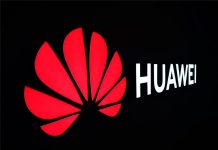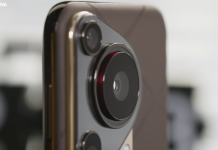As of recent, Huawei Senior Product Manager, Mr. Wang Yonggang, who is in charge of the development of the Huawei flagship P series lineup of smartphones, broke out the great news that the Huawei P series flagships have exceeded 100 million sales globally(including in China) in total since it launched the Huawei Ascend P1 almost 10 years ago. Through a blog post in the Huawei Xinsheng online forum (an online community for Huawei users in China), he shared the many milestones that Huawei has achieved in the smartphone market throughout the 10 years since Huawei launched its first flagship, the Huawei Ascend P1, back in January 2012.
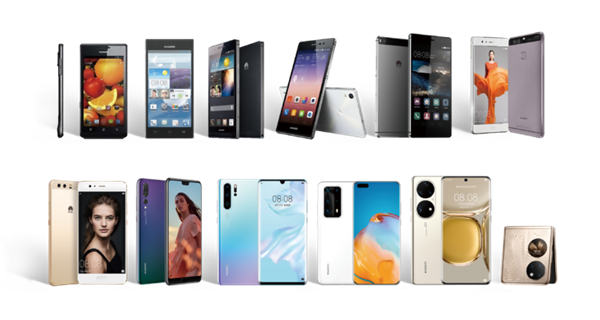
Huawei first started development for the Huawei Ascend P1 as early as in the summer of 2011, where Huawei wanted to put out its first competitive flagship smartphone to the market to make a name for itself in the industry. Mr. Wang Yonggang recalled that Huawei called in their research team from Beijing, Shanghai, and Xi’an to fly over to Shenzhen to help develop the Huawei Ascend P1 together with their Shenzhen team.
After many months of market research and prototypes, they finally launched the Huawei Ascend P1 in January 2012 with a 4.3 AMOLED display, 1.5GHz dual-core processor, 8MP BSI rear camera in a lightweight and 7.6mm unibody, at a flagship price of RMB 2,999(471 USD) at the time.
Although the Huawei Ascend P1 was not a bestseller by any metrics, it was Huawei’s first step to transition away from a B2B (Business to Business) company to a B2C(Business to Consumer) company with its first-ever flagship smartphone for the Chinese public.
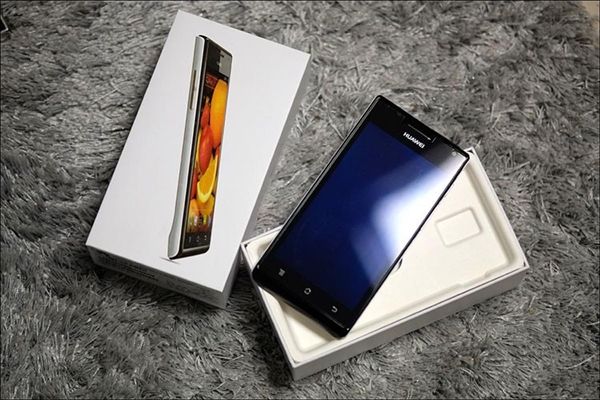
Huawei’s next flagship, the Huawei Ascend P2, however, was not released in China and was instead released outside of China in markets such as the European and Japanese markets in 2013. This was due in part that the Huawei Ascend P2 was equipped with 4G which China did not have a proper rollout till 2014, and therefore Huawei decided to release it in the global market instead. The Huawei Ascend P2 was also the first Huawei flagship to be equipped with Huawei’s in-house Kirin SOC.
The next milestone for Huawei was the Huawei Ascend P6 with its show-stopping ID design, as the P6 was the world’s thinnest smartphone at its release, with a thickness of only 6.18mm. Looking back, it was the Huawei flagship that defined the premium design language of Huawei P series flagships for many years to come.
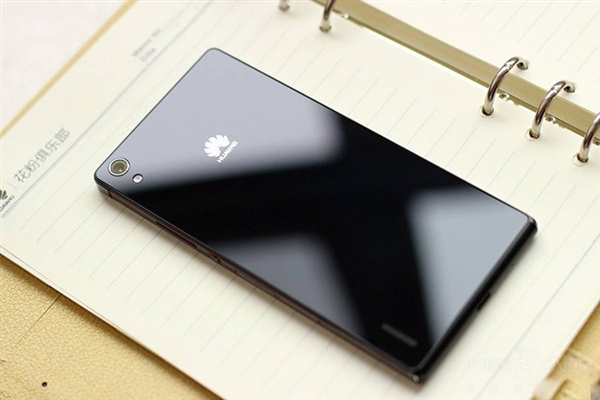
The next big leap was the Huawei P9 with its dual rear camera setup. The Huawei P9 was Huawei’s first phone to collaborate with famous camera imaging company Leica, and the P9’s rear camera was equipped with a normal color lens as well as a monochrome lens. The phone then captures the image with both lenses and uses computational software to provide the best-looking photo for the user.
The next generational leap in photography was with the Huawei P20 Pro with its industry-breaking triple camera setup consisting of a wide lens, a monochrome lens, and a telephoto lens for versatile photography. The Huawei P20 Pro also came with the popular colourway Twilight, which solidified Huawei’s flagship design philosophy in the premium market.
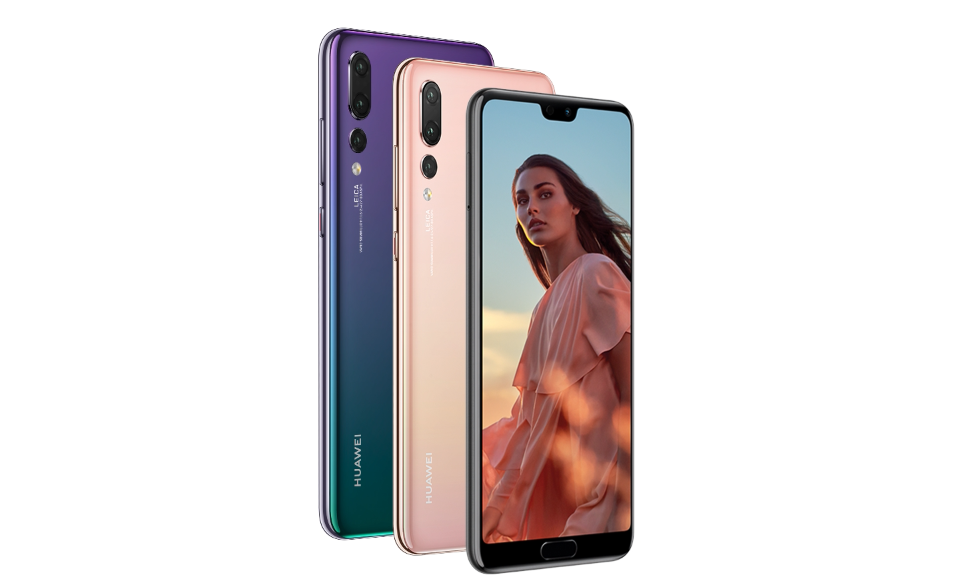
The Huawei P30 series adopted a new type of RYYB colored lens for better images, while the P40 series provided marginal upgrades, such as 10x optical zoom for the series.
The Huawei P50 series was quite a confusing flagship lineup until recently. But Huawei launched the P50 Pocket this week, the company’s first-ever clamshell flagship foldable, which proved that Huawei is bringing forward innovation to its P series flagships once again.
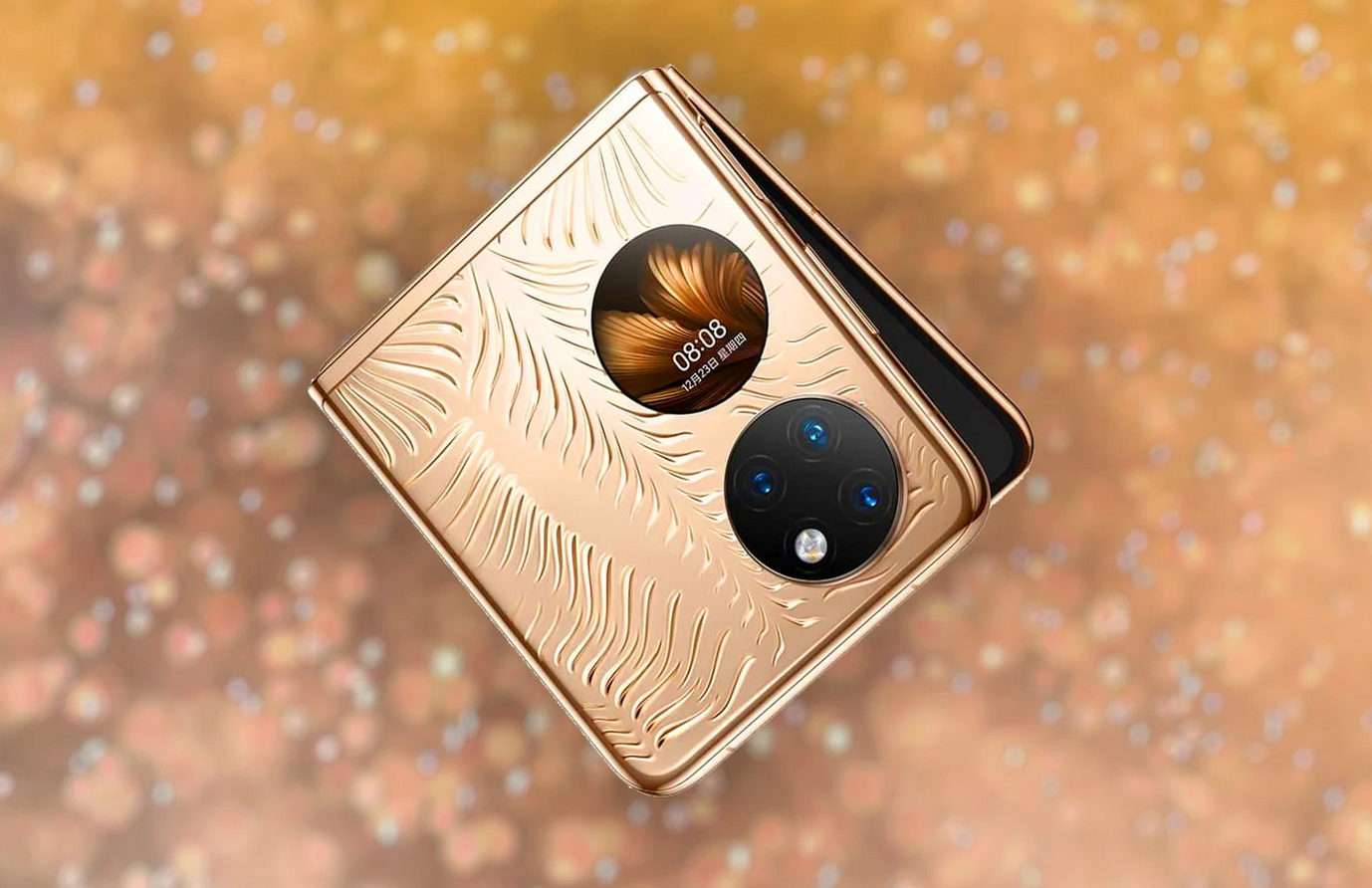
(Source)
RELATED:


